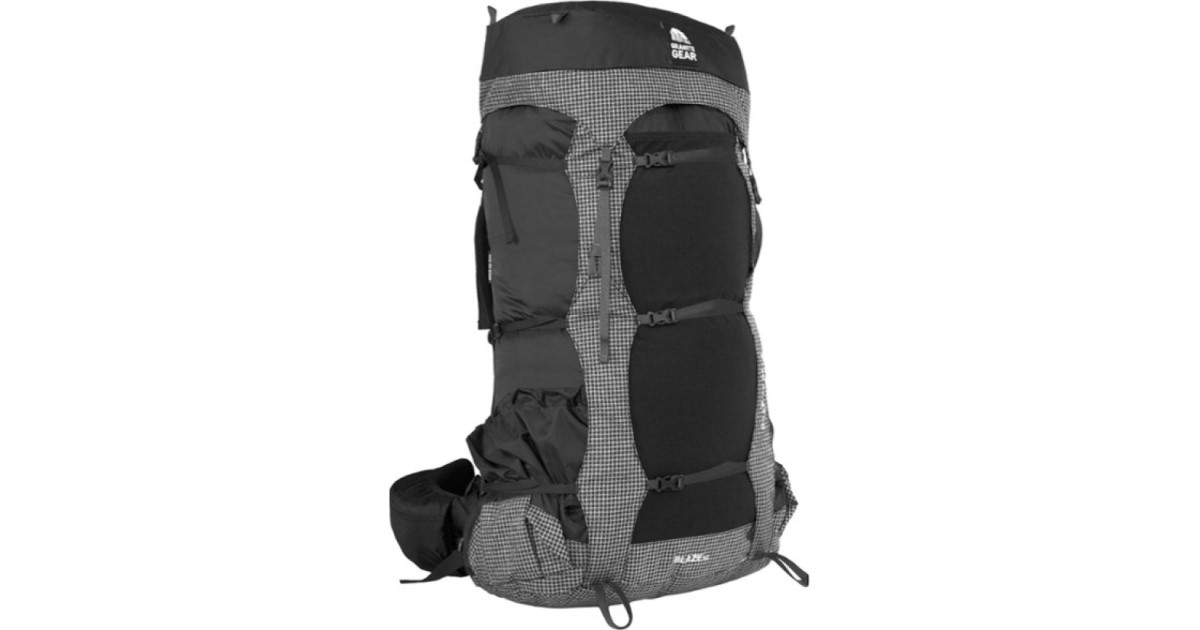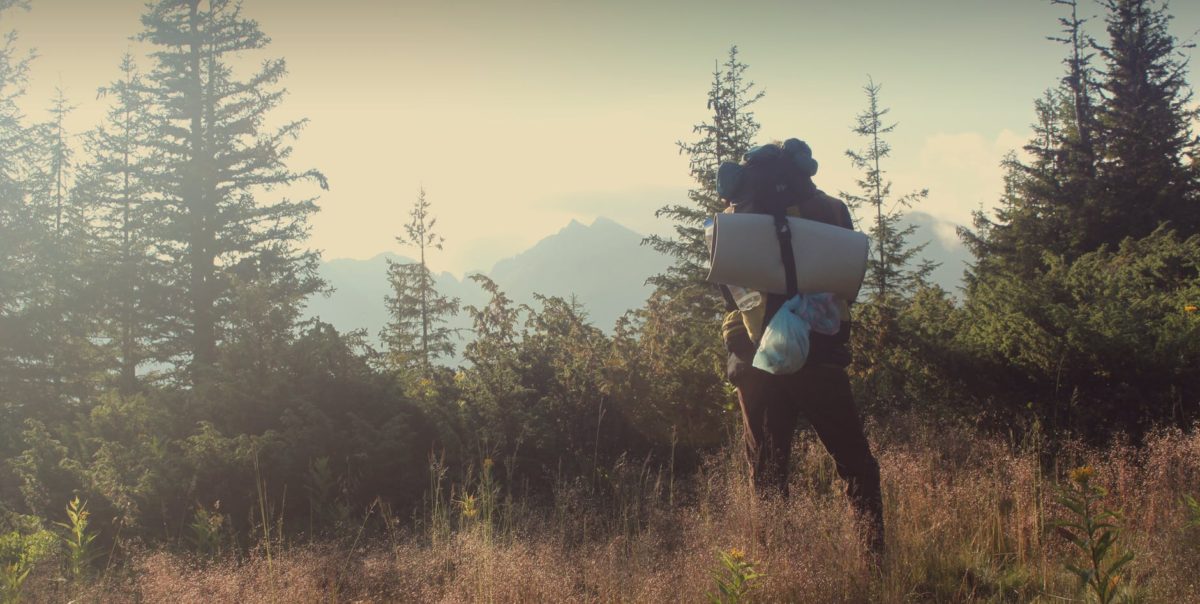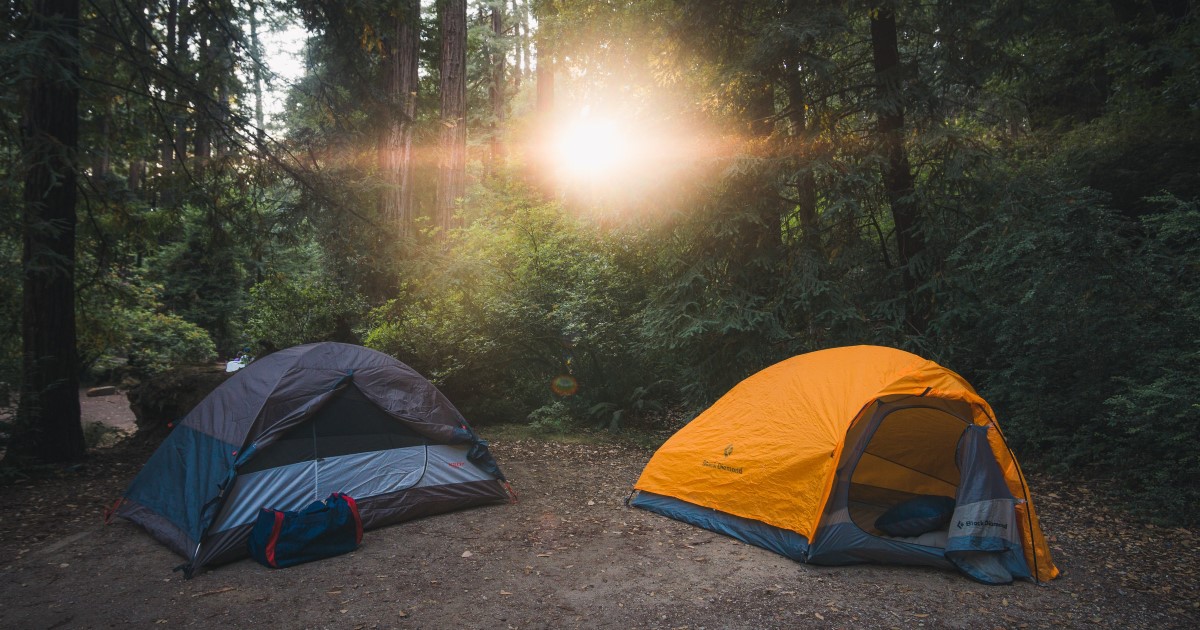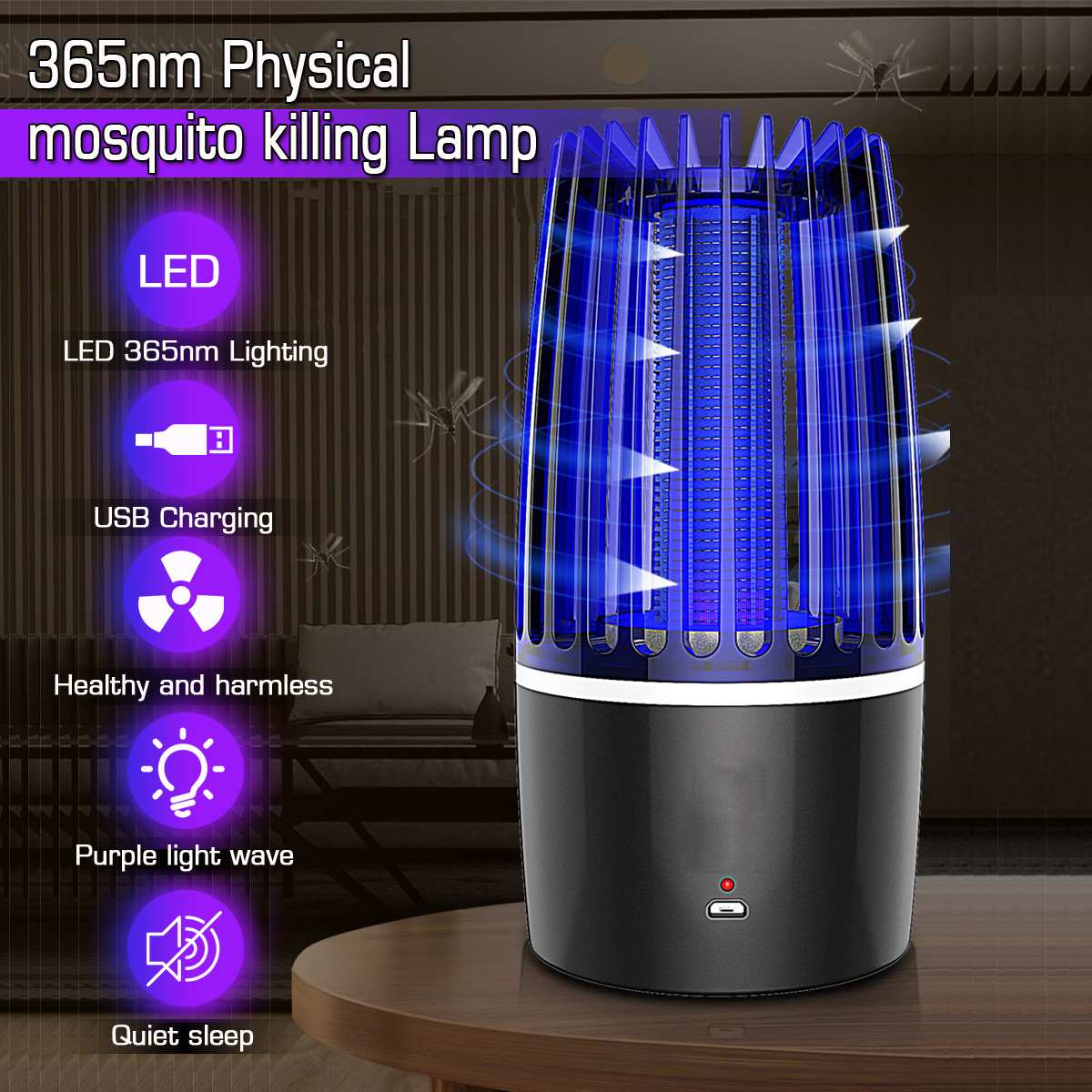This post contains affiliate links and as an Amazon Associate, Alpha and Omega Outdoors may earn from qualifying purchases.
Choosing the right backpack is like choosing a hiking partner. You need one that will go with you in all kinds of conditions and stick with you through some tough scrapes. It’s also nice to find one that won’t hold you back.
Choosing the best size hiking backpack depends on a few different factors. Are you an ultralight hiker who prefers to carry only the bare essentials, or a maximalist who likes to overpack and be prepared for any situation? Are you a long-distance backpacker, or a weekend warrior out for an afternoon stroll?
Backpack Frame Type
Let’s start with choosing the ideal backpack frame type. While you have countless options and features to choose from when selecting the best hiking backpack, all packs pretty much fall into one of three categories.
Internal Frame Backpacks
Internal frame backpacks are the most common type of backpacks worn by hikers, especially long-distance hikers and backpackers. These packs have lightweight (usually aluminum) frames built into them, which provide stability and rigidity while transferring much of the load to your hips. Building the frame into the pack’s internal structure allows manufacturers to create packs that are more form-fitting, which tends to also make them more comfortable.
External Frame Backpacks
External frame backpacks are less common than they once were, but there are still many hikers who favor them. Thesel packs excel at carrying uneven and very heavy loads. They offer versatile organization options and are a good choice if your preferred packing style is to strap things to your pack instead of loading and unloading through a top-loading backpack.
Frameless Backpacks
The chief advantage of frameless backpacks is that they are lightweight. For that reason, they are favored by many ultralight backpackers. They usually have relatively small capacity, which also makes them great for day hikes. One thing to be aware of is that without a frame, the pack’s structure is dependent on how you arrange its contents, so you’ll have to pack wisely to get a comfortable fit.
How Big Of A Hiking Backpack Do I Need?
The ideal best backpack size depends on two closely related factors: how long is your hike, and how much gear and supplies do you need to carry? Most backpack manufacturers list the capacity of their packs in liters, and for simplicity’s sake, that’s what we’ll do here. But some packs may have their capacity listed in the form of cubic inches.
How Big Of A Hiking Backpack Do I Need – Day Hikes?
Day hikers have the luxury of being able to travel light. For most day hiking situations, a backpack with a capacity between 10L and 20L is ideal. That gives you plenty of room for the essentials you’ll need for a day in the woods: a water bottle, a few snacks, a light jacket and a few staples like a headlamp and small first aid kit, just in case. For winter day hikes, which often require you to carry more gear, you might want to go with a pack as large as 30L.
Best Backpacks 10L to 30L
- Editor’s Pick: Arc’teryx Index 15 Backpack
- To see my in-depth review of the Arc’teryx Index 15 Backpack – Click Here
- Budget Pick: Osprey Daylite Daypack
- To see my in-depth review of the Osprey Daylite Daypack – Click Here
- Upgrade Pick: Thule Alltrail 25L Mens Hiking Backpack
- To see my in-depth review of the Thule Alltrail 25L Mens Hiking Backpack – Click Here
How Big Of A Hiking Backpack Do I Need – Weekend (1 to 3 Day) Trip?
For an overnight hike, or up to a long weekend on the trail, the ideal pack size is 30L to 50L. Weekend adventures require some additional supplies, most notably a sleeping bag and either a tarp, tent or hammock. You’ll also need to carry more food and water, and at least one change of clothes.
Best Backpacks 30L to 50L
- Editor’s Pick: Gregory Mountain Products Zulu 40 Liter
- To see my in-depth review of the Gregory Mountian Products Zulu Backpack – Click Here
- Budget Pick: Alps Mountaineering Tour Day Backpack
- To see my in-depth review of the Alps Mountaineering Tour Backpack – Click Here
- Upgrade Pick: Dakine Builder Pack 40L
- To see my in-depth review of the Dakine Builder Pack 40L Backpack – Click Here
How Big Of A Hiking Backpack Do I Need – 3 to 5 Day Trip?
Packs with a capacity of 50 to 70 Liters are just right for a 3 to 5 day trip. The longer you spend on the trail, the more food you need to carry, and if you’re out for three or more days, you’ll probably want a small backpacking stove. You’ll need more clothing as well, including multiple layers. You’re more likely to encounter changing weather on a longer hike, so it’s important to be prepared for all conditions.
Best Backpacks 50L to 70L
- Editor’s Pick: Granite Gear Blaze 60L Backpack
- To see my in-depth review of the Granite Gear 60 Backpack – Click Here
- Budget Pick: TETON Sports 3400 Internal Frame Backpack
- To see my in-depth review of the TETON Sports 3400 Internal Frame Backpack – Click Here
- Upgrade Pick: Arc’teryx Bora AR 63 Backpack
- To see my in-depth review of the Arc’teryx Bora AR 63 Backpack – Click Here
How Big Of A Hiking Backpack Do I Need – 5+ Day Trip?
For backpacking trips that stretch longer than 5 days, most hikers choose a pack with a capacity of 70L or more. There are considerably larger packs out there, but seldom will you need a capacity greater than 80L, unless you’re carrying supplies for multiple people. Of course, there are ultralight backpackers who choose a much smaller pack, even for long backcountry adventures.
Best Backpacks 70L+
- Editor’s Pick: Deuter Aircontact 65+10 Backpacking Pack
- To see my in-depth review of the Deuter Aircontact 65+10 Backpack – Click Here
- Budget Pick: Mountaintop 70L Internal Frame Hiking Backpack
- To see my in-depth review of the Mountaintop 70L Internal Frame Hiking Backpack – Click Here
- Upgrade Pick: Osprey Aether Plus 85 Men’s Backpacking Backpack
- To see my in-depth review of the Osprey Aether Plus 85 Backpack – Click Here
Finding the Right Fit
No matter what size and capacity pack you choose, it’s important to pick a backpack that’s a good fit for your body. Many packs are available in multiple sizes, ranging from extra small to large. Keep two important things in mind when sizing your backpack:
- Sizing a backpack is based on your torso length, not your height. This is important because the hip belt should rest firmly on your hips to balance and support the pack’s weight. Some backpacks have adjustable suspension to fit different torso lengths.
- The shoulder straps, hip belt and sternum belt on a hiking backpack should fit firmly and snugly, but not too tight to be comfortable. These features are adjustable on just about all hiking packs, but they may not always be the right fit for all body types. Waist size is important because most of a pack’s weight should be supported by your hips, not your shoulders.
- Also, it’s worth noting that while many hiking backpacks are unisex, there are also many packs that are specifically designed for men or for women, as well as youth hiking bags.
Other Factors to Consider
In addition to the size of your backpack, it’s also important to consider other features and aspects of its design. Some, like the padding and ventilation, are factors that have a major impact on a pack’s comfort. Others, like whether it’s a top-loading or front panel access design, are matters of personal preference.
Whether your pack has hip straps and a sternum belt is also important, especially on larger packs. Look for the presence of a sleeping bag compartment and rain cover, especially on packs intended for longer hikes. Many hikers prefer a pack with multiple pockets and pouches, including internal compartments that are compatible with a hydration bladder.
Featured Photo by S&B Vonlanthen









